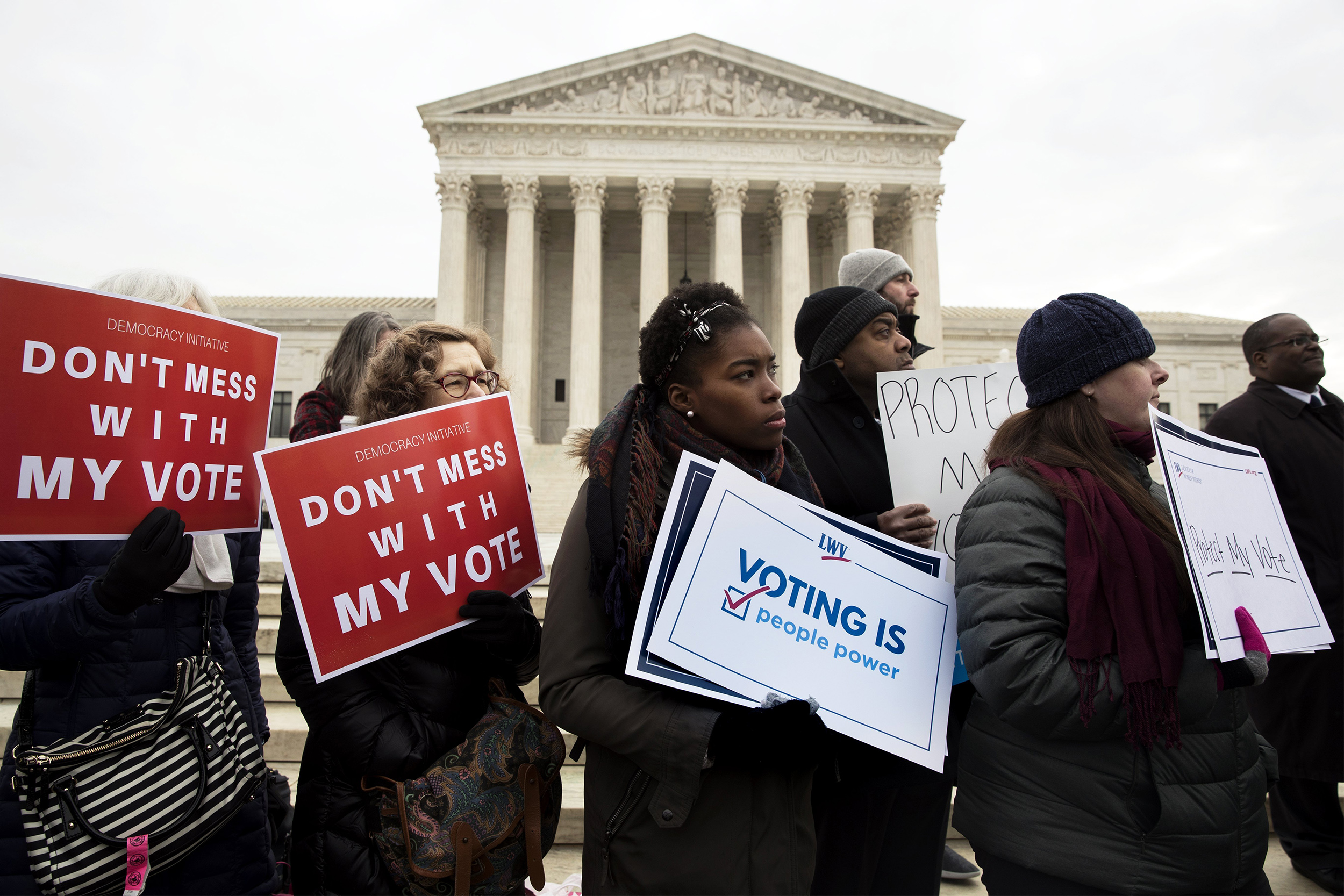On Monday, the Supreme Court provided a ruling for Husted v. A. Philip Randolph Institute, upholding an Ohio law which strikes voters from the state’s registry if they fail to vote in two consecutive elections.
If a person fails to vote in an election, the individual will receive a notification acknowledging they will be struck from the voter registry if they refrain from physically or electronically confirming their address.
The state argued the law is intended to prevent persons no longer residing within Ohio to vote in its elections. According to Pew Research Center, almost three million Americans are registered to vote in more than one state.
Ohio Secretary of State Jon Husted (R) argued the law violated the 1993 Voter Registration Act, which holds a state cannot strike someone from the registry solely because they fail to vote. In a 5 – 4 decision, the Supreme Court determined Ohio’s law was not in violation of the Voter Registration Act; other factors are considered prior to removing someone from the voter registry.
The Help America Vote Act affirmed state removal programs are prohibited from considering failure to vote as one of the legal arguments to remove individuals from registered voters lists, wrote Justice Samuel Alito in the majority opinion. Alito wrote the Ohio law is not targeting registrants exclusively for not voting but instead because of their failure to confirm permanent in-state residence.
Justice Stephen Breyer wrote a dissenting opinion which was joined by the Supreme Court’s more liberal justices: Sotomayor, Ginsburg and Kagan. Breyer’s dissent reflected the belief that failure to respond to a forwarded mail notice had no significant indication of whether an individual moved out of the state.
Dale Ho, the director of the Voting Rights Project within the American Civil Liberties Union, noted a majority of states use returned mail, tax records and Department of Motor Vehicles change of address forms to ensure the accuracy of voting records.
The Supreme Court’s ruling does have the ability to potential disenfranchise minority and low-income voters in Ohio and other states with similar laws. Racial minorities and those in lower socioeconomic statuses are less likely to vote, especially in midterm elections, meaning they are most likely to end up being targeted for eventual removal from the voter registration list.
Additionally, lower-income individuals may still reside in-state but lack access to a permanent residence and miss being notified by the state of their potential removal from the registry. The Supreme Court’s decision does open such a possibility; however, the resulting effect is unclear.
Justice Sonia Sotomayor, who released her own dissenting opinion, also noted the potential. Congress enacted the Voter Registration Act in an attempt to oppose considerable state efforts to prevent individuals with low incomes and minorities from voting, Sotomayor wrote, and the Supreme Court’s ruling legitimized the removal of voters within such groups, despite Congress’ enactment.
With mid-term elections happening in just a few months, paying attention to how the Supreme Court ruling impacts the future of the American democratic process will be worth the wait.

















